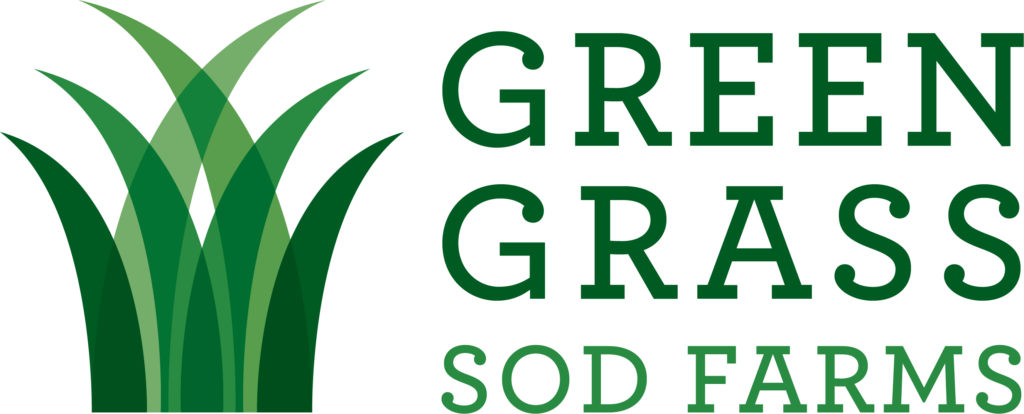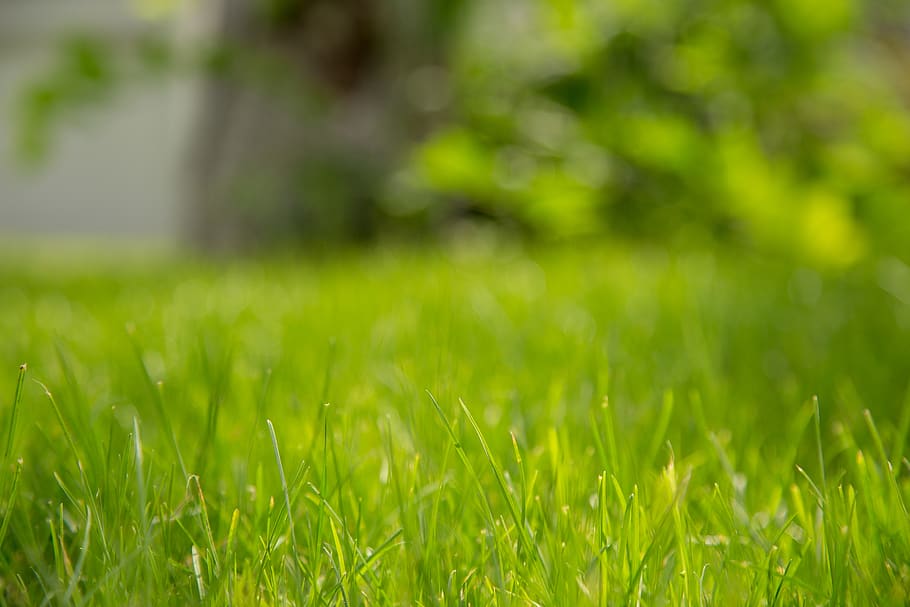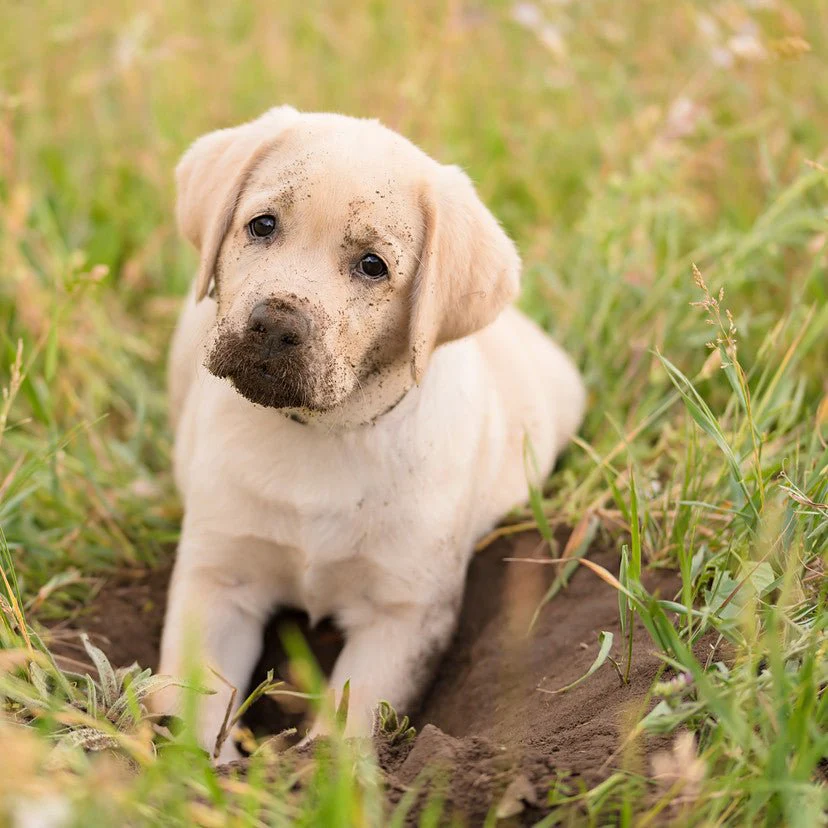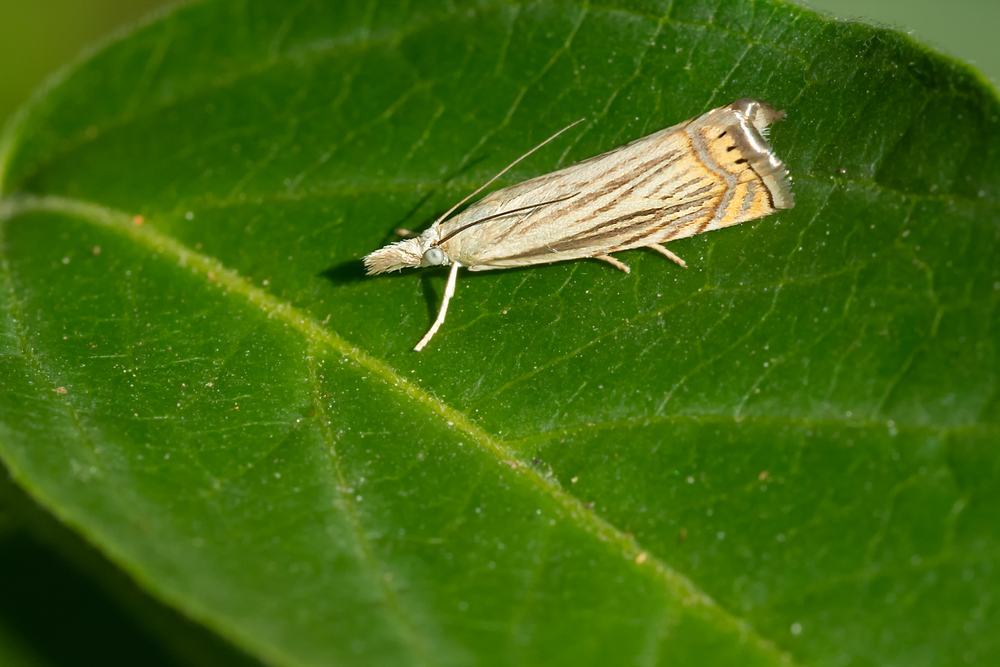Bermudagrass ( Cynodon type) is a vital turfgrass that’s used in the south regions of the United States as well as the transition zones, where both warm- and cool-season grasses can be adapted. There are many common names for Bermudagrass, such as wiregrass and devilgrass.
The improved turf-type Bermudagrass will yield a dense, vigorous, and fine-bladed turf that can be used on commercial properties as well as sports fields.
In a state like South Carolina, it can be challenging to create a maintenance schedule for turfgrass management year after year.
It is crucial to keep track of temperatures and use the appropriate management techniques based on the year’s climate. The best times to monitor weather conditions are in late winter and early spring, when the turf comes out of dormancy, and in early fall when the first frosts are predicted.
From the coast of South Carolina to the foothills in the Upstate, last frost dates and initial frost dates can differ by several weeks or even a month.
This calendar can be used for turfgrass management in the state. However, it will be subject to change based on the climate and where the turf is located.
January through April
MowingThe lawn should be mowed slightly lower than normal summer height. Mower settings should not exceed 1 inch. You should not set the mower lower than this as it could cause damage to the lawn. This should be done before lawn green-up which is usually in late April or early May.
To collect clippings from winter dormancy, it is a good idea to use a mower equipped with a bagger. You can also manually rake the lawn to remove any dead leaves.
Sharp mower blades will cut grass blades cleanly, not tear the leaves. The dull mower blades will rip the grass blades rather than cut them. The grass is more vulnerable to diseases if the blades are ragged. The mower blade should be sharpened annually, or as often as necessary during the growing season.
It is possible for the date of initial turf greenup to vary. This will usually occur in the southern and coastal regions of South Carolina during April. However, further inland it may take place as late as May. Bermudagrass can become greener and burnt back multiple times due to frosts in the spring or late winter. Do not burn bermudagrass because of the risk of injury and fire hazard.
Remove the ThatchTo remove thatch, you can use a dethatcher to cut it. If the thickness of the thatch layer is more than 1/2 inch, you might consider dethatching bermudagrass. A dethatcher should have a spacing of 2 or 3 inches and a 1/4-inch depth. This will give you the best results. A power rake with a 1-inch spacing between blades is not recommended as this could cause severe turf injury. To properly dispose of turf material that has been pulled up, use a hand rake or a bag-attached lawn mower.
AerificationCore aeration involves drilling small holes into the soil and turf to loosen compaction. This allows air to reach the roots. This will correct drainage and infiltration problems. After the danger of frost has passed lawn aerification can be combined with dethatching in order to correct soil compaction issues.
If a pre-emergent hericide was applied in February or March, you should postpone any cultivation activities that could cause soil damage until the next pre-emergent application date. Pre-emergent herbicides act as a barrier to prevent weed seeds from germinating. This barrier can be broken by disturbing the soil following application.
Weed ControlPre-emergent herbicides can be applied early in the year to control summer annuals such as crabgrass, goosegrass, and sandspurs. Mid-February is the best time to apply a pre-emergent herbicide in the central and coastal areas, and mid-March for the piedmont/mountain regions. To provide season-long control of broadleaf and annual grassy weeds, a second application should be made approximately 8-10 weeks after the first.
To control winter grassy and broadleaf weevils, apply a post-emergent herbicide when necessary. Post-emergent herbicides should not be applied during spring green up. If you notice a weed problem and the grass is greening with higher temperatures, wait for the grass to fully green up before applying any post-emergent herbicide. You can mow the grass and bag the weeds in the meantime.
Certain herbicides are sensitive to Bermudagrass, including 2,4-D. This is true both during spring green up and during summer heat. Use any herbicide according to the label instructions and be careful during this time.
Insect ControlBermudagrass will be protected from insect infestations by cold winter temperatures. Monitor for mole cricket activity as the temperatures rise in late spring. If you see mole cricket activity, spray a lawn insecticide to reduce the damage. Wait until the damage is minimal before applying an insecticide.
Because of the low insect activity and cool soil temperatures, this is not the best time for an insecticide to be applied. An early warm-up could lead to significant molecik activity. This is a time when it’s possible to reduce heavy populations by applying insecticide treatments at the right times.
If grubs (the white larvae beetles of beetles such as Japanese beetles), have been an issue in the past, cut a square foot of sod along three sides and then peel it back. Apply a lawn insecticide labeled for grub control if more than six grubs have been found underneath the sod.
FertilizationFertilization for bermudagrass should take into account soil test results. This is a good time to test soil. If the lawn is not located near the coast, and there is no frost forecast, nitrogen fertilizers should be avoided.
The lawn can suffer significant damage if new turfgrass growth is stimulated by fertilization in the spring and then followed by a frost in the late winter.
IrrigationTo prevent lawn dehydration during dormancy, you should water it. Dry winters can lead to winter desiccation. Turf loss can be prevented by watering during drought stress.
The majority of South Carolina’s winter rainfall is sufficient to prevent winter desiccation. This is not always true. If there is no rain in the last 3-4 weeks, it is important to monitor the winter rainfall and water the turf. This is particularly important when warm, bright days are preceding days that are expected to be in the 20’s or lower. The soil’s moisture will keep the turf’s growing points warmer and prevent crown death.
It is essential to understand the soil texture of the top foot soil before you can manage your lawn. Because they drain easily and dry out quicker, sandy soils don’t hold water well. Clay soils will retain moisture for longer periods of time. Clay soils should not be allowed to dry out. This can lead to other problems if the soil remains saturated throughout winter. To monitor soil moisture, a soil probe is available.
From May through August
MowingBermudagrass has a optimum mowing height of 1 to 2 inches, depending on where it is located and the management plan. This is determined best by the conditions of the lawn. The bench mark setting will determine the height at which the lawn should be mowed. You can measure the distance between the mower blade and a hard surface with a ruler. To achieve satisfactory results, a reel mower is required for heights less than 1 inch.
Reduce the height of the mower over the next few mowings. After each mowing, monitor the lawn. If the grass looks unattractive, or it appears too thin, increase the mowing height to the original setting. Bermudagrass cultivars that can tolerate growth in partial shade might be cut at a height of 2 inches.
Increase the height of the mower until stress is gone. Use a mulching mower to mow your lawn. The clippings will decompose on the turf. Regularly, the mower blade should be sharpened – at most once per month or before the start of the growing season. The blade might need to be sharpened more frequently if the bag picks up soil, particularly sand, while the lawn is being mowed.
FertilizationBased on soil testing, fertilize regularly and add lime or sulfate. Bermudagrass grows best when the pH is between 6 and 6.5. A soil test can show a pH higher than 6. For every 1000 feet of turf, apply 5 lbs pelletized sulfur. Only apply sulfur when the temperature is below 75 degrees F.
Recheck the soil pH every 3 months to determine if there has been any change. A large pH change can take many years. The soils of the Upstate are usually acidic, and don’t require sulfur application. However, lime may be beneficial to them.
Bermudagrass lawns should be receiving 2 to 4 pounds of nitrogen per 1000 square feet per growing season. For lawns with sandy soils, the higher rate can be used. The lower rate is for lawns with clay soils. A soluble iron product can be applied to enhance the green color of the lawn without causing excessive growth.
Spring: Apply 1/2 to 1 pound actual nitrogen to 1,000 square feet in May, after the lawn has fully greened up. It will vary depending on the soil type. The soil test can help determine whether a fertilizer that contains phosphorus (the middle number in the fertilizer analysis) is enough for your lawn. To determine the amount of granular fertilizer product to be applied, please refer to the fertilizer calculations section.
Midsummer: Depending on your soil type, fertilize with 1/2 pound to 1 pound actual nitrogen per 1,000 feet in June or Juli using a fertilizer high in potassium such as a 15-0-15. The soil test determines the need for phosphorus.
Late summer: Depending on your soil type, apply 1/2 to 1 pounds of nitrogen per 1,000 feet before August 15. Use a fertilizer with high potassium like a 15-0-15. The soil must have enough potassium, especially in late summer when the grass enters dormancy. Potassium is essential for cold weather resistance and disease resistance.
Nutrient Deficiencies A yellowish appearance in the growing season could indicate iron deficiency. This may be due to excess soil phosphorus or a high soil pH.
Both of these causes require a long-term solution. However, iron can be quickly added to improve the color of turf between spring and summer fertilizer applications.
Notice: In spring, a yellowish appearance could also occur. This could be due to soil temperatures that are too low for air, high pH soils or high levels of phosphorous. To improve turf color, spray iron (ferrous sulfate), at 2 ounces per 1,000 feet in 3 to 5 Gallons of water.
Manganese deficiencies can be alleviated by fertilizing with a micronutrient fertilizer such as manganese sulfurate. The yellowing should gradually disappear as the soil temperature rises. If a soil test shows that sulfur or lime is needed, it may be possible to add them. It could take several months before lime or sulfur applications begin to affect soil pH.
Fertilizer Calculations To determine the amount of granular fertilizer required to apply 1/2 pound actual nitrogen per 1,000 feet, divide 50 by first number on fertilizer bag.
Divide 100 by the number on the fertilizer bag to determine how much product is needed to cover 1,000 square feet with 1 pound of nitrogen. This will determine how many pounds of fertilizer product you need to cover 1000 square feet.
IrrigationWater is essential to avoid drought stress. Regularly check the lawn to determine if it needs irrigation. Apply 3/4 to 1″ of water the next day if the lawn is dry. If the lawn is suffering from moisture stress, wait to irrigate. There are many ways to tell when your lawn needs watering.
You can monitor your lawn every day. The turf will turn a bluish-blue color when it dries. You can also walk on the lawn in the late evening. The turf is moist if the grass blades within the footprints bounce back. Water the next day if the grass does not rebound in the footprints.
The site’s environmental conditions and the soil type will determine how long it takes to water. Turfgrass irrigation should be watered “deeply but infrequently”. You can water hot or dry areas by hand if necessary.
Insect ControlBermudagrass may be attacked by a variety of insect pests during summer. There are many pests that can cause significant damage to bermudagrass, including grubs and ground pearls, mole crickets, bermudagrass mites and bermudagrass scalings. Each pest problem has its own management strategy. Most often, this is done with chemical and cultural controls. There are exceptions. Mid-summer is the best time for grub eggs and mole crickets to hatch.
Even if there is no damage, an insecticide application directed at the smaller nymphs will be the most effective. Apply an insecticide in mid-July if either of these insects are a problem during the season.
It is crucial to identify and apply the correct insecticide if an insect problem arises. For proper management strategies and positive identification, contact the Home & Garden Information Center or your County Extension Office.
Disease ControlLarge patch, spring dead spot, and dollar spot are the most common diseases found on Bermudagrass in the growing season. Fungal diseases such as large patch and dollar spot can occur in warm, humid weather. Because they are dependent on moisture for energy, it is essential to provide sufficient soil drainage and watering practices.
The turf should not be kept wet. If it does, the grass may develop circular areas and gradually grow in size. The dollar spot disease can affect turf from 2 to 6 inches wide, but larger patches may cause it to grow up to several feet. A large area might start to turn green. The areas that are infested with fungi may become clumped together, making it appear more circular. Apply a fungicide treatment to the area around the dying turf if it has a dark brown or rotten appearance.
To prevent dollar spot and large patch problems, it is important to manage your water and control your thatch. Fertilize the Bermudagrass lawn according to soil test results and water it infrequently. This will help reduce the risk of disease.
Weed ControlAn herbicide for broadleaf weed control that is labeled for use on Bermudagrass, applied in late winter or spring, will reduce the number of weeds the next summer. The resulting weeds can be controlled with post-emergent herbicides if a pre-emergent was not applied.
There are very few summer options for selective grassy weedicides. Preemergent herbicide programs are the best option if summer annual grassyweeds are an issue.
A 3-way broadleaf herbicide is used to control broadleaf summerweeds such as spurge or annual lespedeza. These 3-way mixtures typically contain 2,4D, dicamba, or mecoprop.
Quinclorac is a powerful tool for controlling many grassy weeds. Quinclorac may temporarily yellow bermudagrass. The most effective methods to control nutsedges include imazaquin or halosulfuron. Avoid applying herbicides to plants in summer when temperatures are below 90 degrees F.
As the turf is just emerging from winter dormancy, be cautious when using herbicides. The lawn should not be mowed for three days before or two days after application of herbicides.
To ensure the best possible control and reduce the risk of turfgrass injury, only apply herbicides to turfgrass. Only use herbicides on weeds and turfgrass that are actively growing and are not under heat stress or drought. Proper weed identification is crucial for all pest control. For information on how to identify and control weeds in your lawn, contact the County Extension Office or Home & Garden Information Center.
RenovationIn May, replant large areas that are bare with sod, plugs or sprigs (5 bushels for every 1,000 feet). Bermudagrass seed is commonly improved Bermudagrass. The resulting lawn will not be as good as one made from hybrid Bermudagrass.
September through December
MowingKeep mowing the Bermudagrass lawn at the same height until it cools down in the fall.
To allow more leaf surface, raise the mower slightly when nighttime temperatures drop below 70 degrees F. This will allow the turf time to adapt before the first frost.
FertilizationApply nitrogen at this point. If a soil test has recommended it, lime or sulfur can be added. If the soil test shows that there is not enough potassium, potash (or potassium) can be added to increase winter hardiness.
For every 1,000 square feet, apply 1 pound of potash. (K2O), 4 to 6 weeks prior to the first frost.
IrrigationKeep watering even if there is no rain. This will prevent drought stress. Once the lawn is dormant, continue to water it as necessary to avoid excessive dehydration. This is particularly important for warm, bright days that are forecasted to reach the low 20s or lower.
Insect ControlInsects that are missed in the nymphal phase of the summer will have reached a point where they can cause damage. To reduce the number of insects and prevent further damage to turf, apply an insecticide. It is best to apply an insecticide before the first frost.
Disease ControlIt is important to use fungicides in the fall months for disease control, particularly large areas. Diseases can quickly spread due to the high temperatures and potential for excessive rainfall during September. Slow turf recovery can make it difficult to control diseases that occur during cooler nights and shorter days.
A weakened turf will take longer to recover from fall-related diseases. Therefore, it is important to apply fungicides before the grass becomes dormant. Preventative fungicide treatments may be necessary in certain cases where there is a large amount of disease. This can be done as early as October, if the disease has not yet spread.
Weed ControlPre-emergent herbicides can be used to control many winter grassy and broadleaf weevils. This is done in September. A second application, 8-10 weeks later, can be made. For the correct application rate, please refer to all instructions on the product label. Granular herbicides should be watered in the soil immediately after being applied. Follow the label instructions for post-application watering.
Broadleaf herbicides for weed control can be used as needed to control chickweed, henbit and other cool-season broadleaf plants. Bermudagrass can be sensitive to certain herbicides like 2,4-D. Follow the label instructions and use with caution.
Winter can be used to control annual bluegrass and other annual grassy weeds with selective herbicides. For weed identification and control, contact the county extension office or the Home & Garden Information Center.





